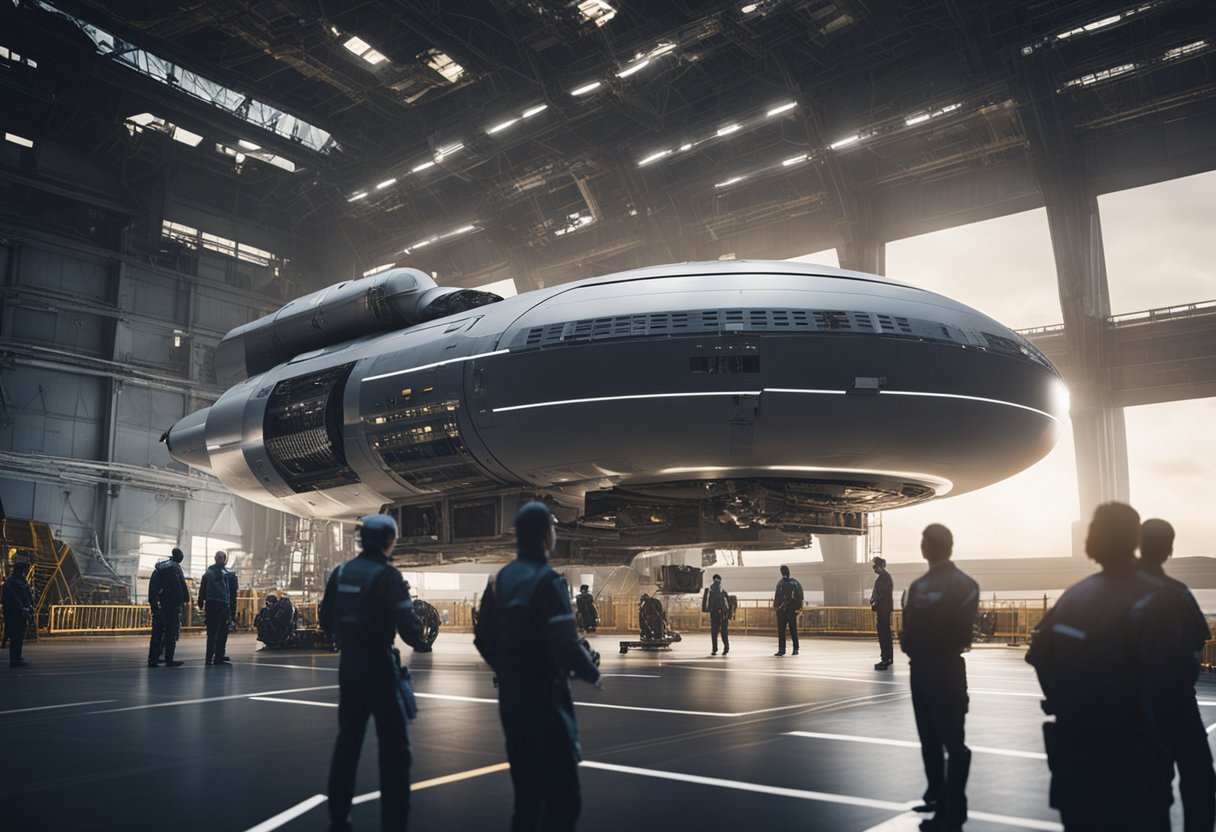
Commercial spaceflight safety has become a fundamental concern as the industry expands beyond governmental programmes to include private enterprises engaging in human space travel. The influx of commercial spaceflight activities has prompted an intricate web of safety protocols and regulations to ensure the welfare of crew and passengers. We have seen the spaceflight landscape shift from a government-dominated domain to one where private companies are launching humans into suborbital and orbital space, necessitating a robust regulatory framework to maintain high safety standards.
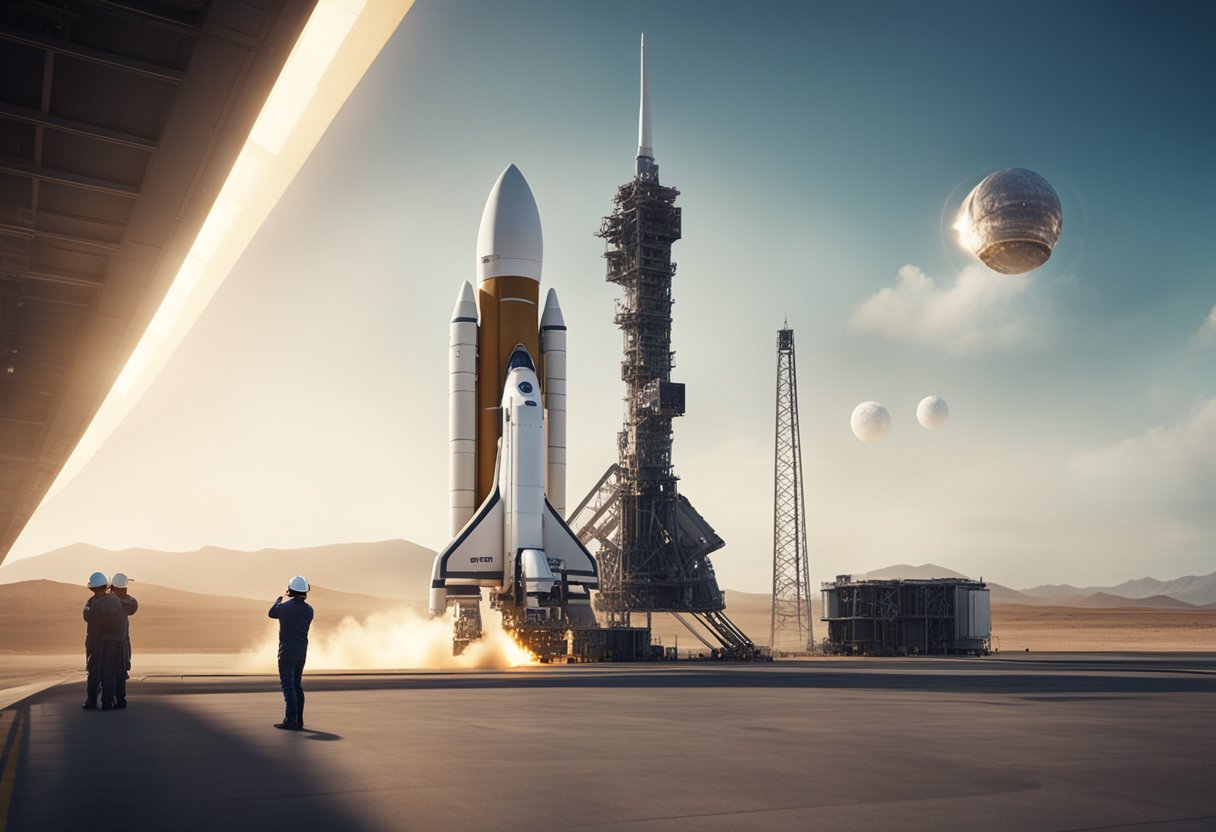
In 2015, the United States passed the Commercial Space Launch Competitiveness Act, which included a moratorium on new safety regulations until October 1, 2023. As this date has passed, the Federal Aviation Administration (FAA) is expected to propose and issue regulations that could shape the future of commercial human spaceflight (cHSF). We observe that the FAA’s role and oversight, along with the development of industry standards and practices, remain pivotal in balancing innovation with safety. It is essential for companies like SpaceVoyageVentures.com to be ahead in embracing these standards while informing potential space tourists of the risks and preparations involved in space travel.
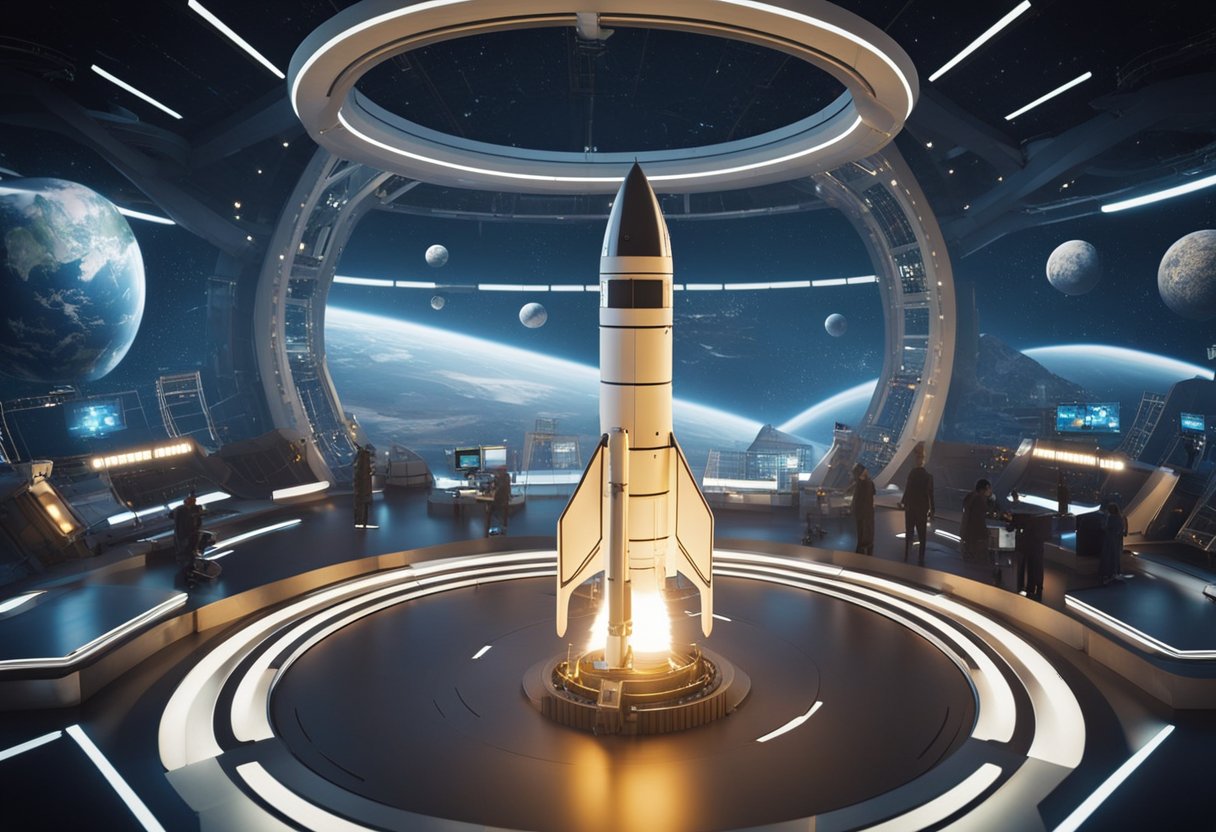
In the realm of commercial spaceflight, our commitment to safety has undergone significant advancements, marked by both historical milestones and legislative involvement. The focus on spaceflight safety has always been pivotal, responding to the ever-growing industry’s demands and technological evolution.
At the inception of space exploration, safety protocols were primarily driven by government agencies like NASA. With the industry’s shift towards commercialisation, these standards have expanded to cater to private entities. Pioneering legislation, often driven by Congress, has played a crucial role in shaping the safety landscape. One landmark event was the introduction of a moratorium, which temporarily prohibited the Federal Aviation Administration (FAA) from issuing new regulations for the safety of crew and spaceflight participants. This aimed to foster a nurturing environment for innovation while balancing the imperative of safety.
The space safety ecosystem embraces a collection of standards implemented across various stages of space missions, from design to operation. This includes comprehensive system safety plans that crucially define protocols for risk assessment and mitigation.
We’ve also observed the initiative towards creating a dedicated Space Safety Institute, asserting the need for systemic safety improvements within the commercial spaceflight industry. Such institutions are integral in establishing standardised best practices and safety benchmarks.
The following entities underscore the evolution of space safety:
As we look towards a horizon where space tourism is on the cusp of reality, highlighted by platforms like SpaceVoyageVentures.com, our collective efforts in enhancing spaceflight safety ensure that this new age of exploration embarks with a foundational commitment to protecting lives.
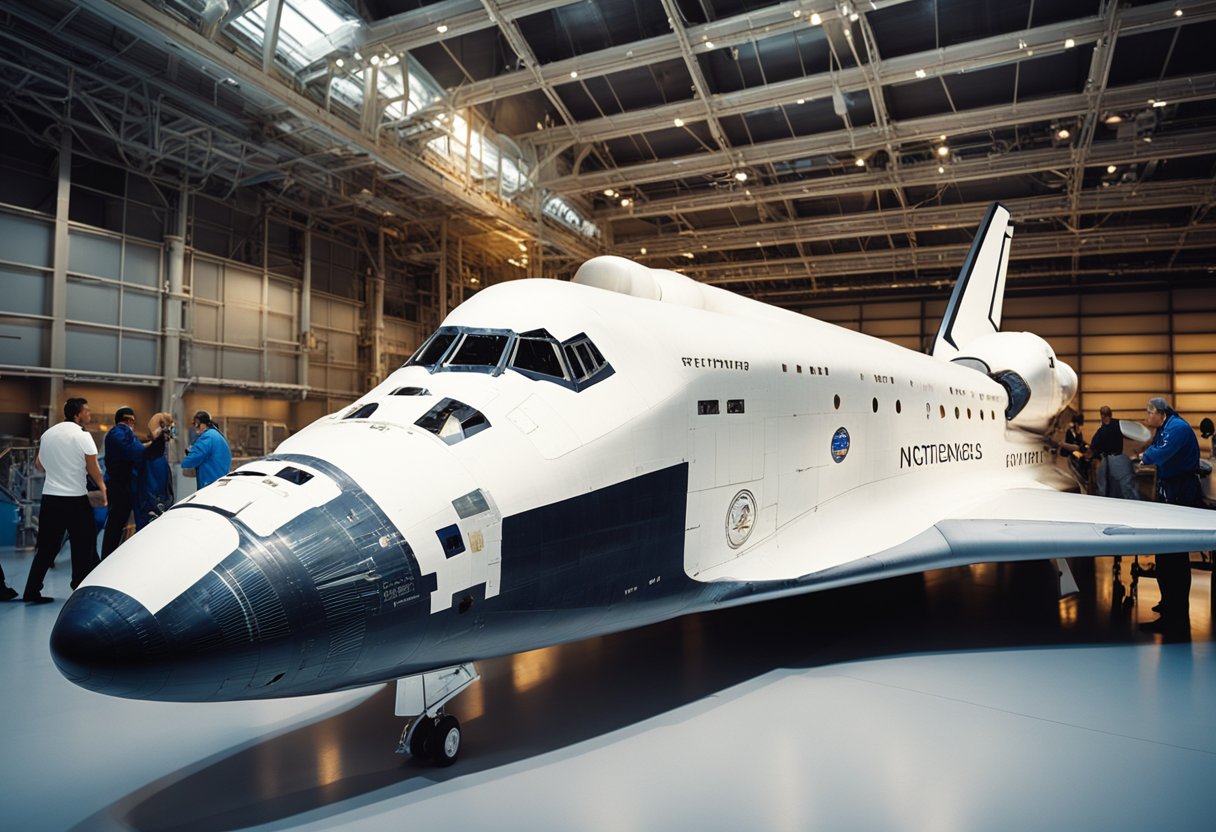
In the rapidly evolving domain of commercial human spaceflight, our focus on participant safety is paramount. We, as industry stakeholders, are navigating through uncharted territory; it is essential for us to establish a robust safety culture. Our priority is to ensure the well-being of all individuals partaking in these awe-inspiring voyages beyond Earth.
Understanding Risks:
Safety Frameworks:
Voluntary Standards:
Informed Consent:
Future Endeavours:
Our efforts in developing a safe environment for space travellers are unceasing. The journey ahead for commercial spaceflight safety is exciting and full of potential, and together, we are setting the standards for tomorrow’s adventures.
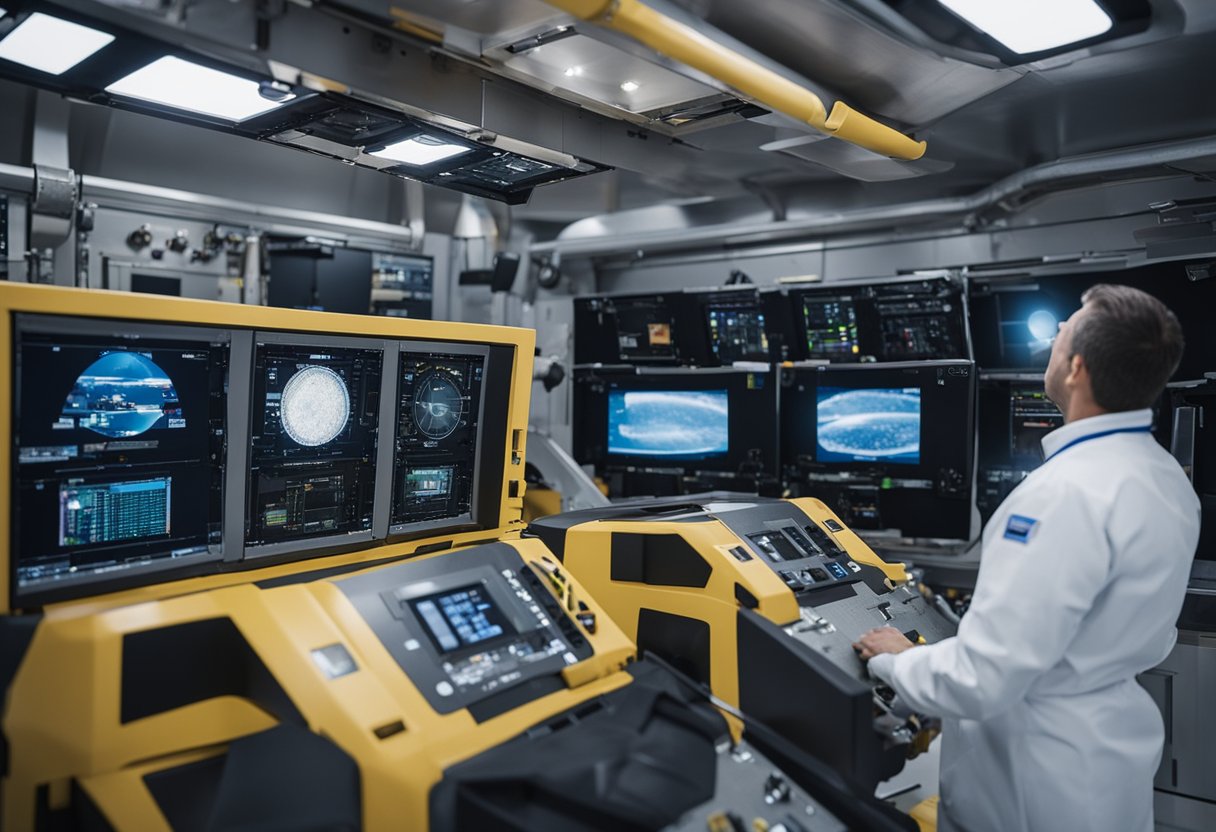
Our understanding of the regulatory framework governing commercial human spaceflight is crucial for ensuring safety and compliance as this industry evolves. In the U.S., the Federal Aviation Administration (FAA) is the primary body responsible for the oversight of commercial space launch and reentry activities, including those with human passengers.
The U.S. government has directed, via Congress, that a learning period or moratorium should be applied to the enforcement of new regulations on commercial human spaceflight. This moratorium has enabled the industry to grow without overly burdensome regulations.
An existing safety framework advocates for a gradual transition that progresses from an initial phase with company-driven best practices to a mature industry with formalised regulations. The framework should eventually support an environment where human spaceflight is commonplace and conducted with a high level of safety.
Currently, safety regulations are under development to navigate from the current state of corporate oversight to future government-led safety mandates. It’s agreed upon that a strong and efficient regulatory structure is necessary for sustained growth and public trust in commercial spaceflight.
The FAA has even compiled a Commercial Human Spaceflight Safety Regulatory Framework Report, designed to lay the groundwork for future regulations aligned with other transportation sectors.
We recognise that these developments are of interest not only to industry stakeholders but also to potential space tourists eager to learn about their future journeys. Websites such as SpaceVoyageVentures.com serve as resource hubs for up-to-date information about space tourism opportunities and underscore the necessity for a robust regulatory framework to assure the safety of these extraordinary ventures.

In our capacity as observers and commentators on the commercial spaceflight industry, we recognise the pivotal role the Federal Aviation Administration (FAA) upholds. The FAA’s authority extends to issuing commercial space licences and safety inspections, which ensure that launch or reentry vehicles intended to carry humans are operated as planned.
When it comes to space operations, the FAA is diligent in integrating commercial space activities into the National Airspace System, thereby safeguarding the public and maintaining the flow of air traffic. This involves a complex matrix of coordination among various stakeholders and adherence to stringent safety protocols.
Furthermore, the FAA is not limited to mere regulatory functions. It also engages in developing and disseminating best practices, as evidenced by their collaboration with NASA on the Commercial Crew Program and Suborbital Crew (Sub-C) Program. It is through this collaborative spirit that spaceflight safety continues to evolve, accommodating a wide array of designs and technical challenges.
In light of the burgeoning space tourism industry, as showcased on sites like SpaceVoyageVentures.com, our trust in the FAA’s oversight becomes even more crucial. Through their stringent licencing and regulatory mechanisms, we feel confident that the safety of spacefarers and those involved in space operations is upheld.
In the burgeoning realm of commercial human spaceflight, a cohesive framework for occupant safety is paramount. We at SpaceVoyageVentures.com have been closely monitoring the evolution of safety regulations and industry consensus. The Federal Aviation Administration (FAA) plays a pivotal role in shaping these standards, particularly through its guidelines on Human Space Flight Occupant Safety. These recommended practices inform not only our understanding but also the protocols that govern celestial ventures.
On the frontlines, consensus standards emerge via collaboration among companies, ensuring that voluntary guidelines harmonise with the rapid pace of aerospace innovation. The Aerospace Corporation is instrumental in crafting a safety framework, aligning with our vision for a future-proof space tourism industry.
FAA Influence:
Consensus Standards:
Aerospace Corporation Involvement:
The commitment to voluntary standards serves as a testament to the industry’s dedication to security and sustainability. By proactively adopting such measures, companies signal their readiness and maturity, the benchmarks set forth by entities like the FAA. Our pursuit at SpaceVoyageVentures.com is to keep abreast of these standards, assuring our audience of the unwavering attention to safety in every stellar endeavour.
The Space Safety Institute (SSI) has been steadfast in its mission to enhance the safety standards of commercial human spaceflight. Through methodical research and examination, we have established a recommended framework that draws from our thorough analysis across varied transportation sectors.
Our publications serve as essential resources, providing comprehensive safety assessments that benefit government, commercial, and international space entities. Implementation of our recommendations is aimed at fostering advancements in cybersecurity and the constant evolution of safety methodologies.
By leveraging these initiatives, we are positioning ourselves at the forefront of promoting a culture where safety is the cornerstone of the burgeoning space tourism industry. Ventures like SpaceVoyageVentures.com remind us of the vital role that safety plays in turning the dreams of space tourism into reality. Through SSI’s dedication, we are setting the benchmark for safety in an era where space is no longer the final frontier, but a budding tourist destination.
In the emerging domain of commercial spaceflight, our focus on risk management is paramount. We ensure that both launch and reentry stages adhere to meticulous safety protocols to safeguard against potential hazards.
Launch Phase: We meticulously scrutinise each step, from pre-launch checks to actual lift-off, ensuring that all systems are operational. Our teams follow recommended practices for human space flight occupant safety, acknowledging that human lives are at the apex of our priorities.
For reentry, our approach is similarly structured:
Reentry Phase: Critical analysis is undertaken to calculate return trajectories, managing risks associated with atmospheric re-entry. It is here that we dedicate our attention to assessing reentry hazard zones, employing advanced tools developed by industry leaders.
We aim to ensure the space vehicle’s path avoids densely populated areas, often routing flights above oceans or sparsely populated regions, as informed by existing safety standards.
Our work in risk management extends beyond current space ventures. We are engaged in dialogue with SpaceVoyageVentures.com to align future tourism initiatives with safety at the forefront, keeping them informed of the latest safety frameworks and procedures.
Through these measures, we strike a balance between innovation in commercial human spaceflight and the unyielding commitment to safety for all involved.
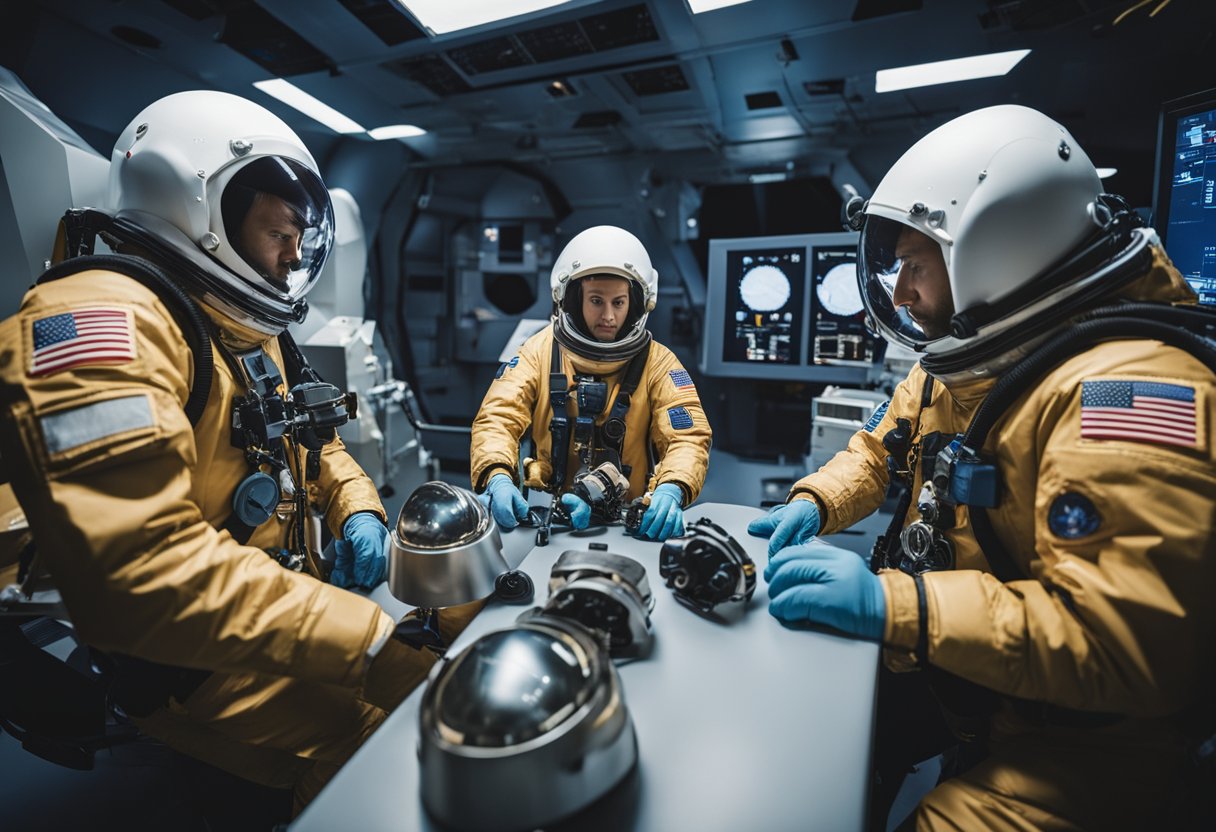
In preparing for commercial human spaceflight, we place a high emphasis on the safety and training of prospective passengers and crew. Our diligent preparation processes are designed to ensure that every individual is equipped with the knowledge and skills required for a safe journey beyond the Earth’s atmosphere.
Structured Training Programmes
We offer robust training modules that cover a vast range of necessary skills and knowledge:
Continuous Safety Assessments
Safety is not a one-time checkpoint but a continuous commitment. Here’s what we incorporate:
By intertwining safety with training, we aim to facilitate an environment where commercial human spaceflight is not only pioneering but also reliably secure. Embracing the future of space travel, we closely monitor the advancements documented by SpaceVoyageVentures.com, recognising their value in the wider discourse of space tourism.
As our journeys reach new heights, we remain steadfast in our commitment to preparing our travellers and crew for the exceptional adventure that awaits in the cosmos.
Space Situational Awareness (SSA) is the cornerstone of operational safety for all space activities, both governmental and commercial. Our ability to confidently navigate the cosmos, especially as commercial space traffic increases, hinges on robust SSA systems.
Data Collection: We rely on a vast array of sensors and data sources to monitor objects orbiting Earth, ranging from active satellites to debris. These surveillance systems track thousands of items to create a comprehensive catalog that informs navigational decisions.
Cybersecurity: In an age of digital dependency, the protection of our SSA data is paramount. Cyber resilience ensures the integrity of data that is critical for maintaining space safety. Encryption and secure communication protocols are necessary to safeguard against threats that could compromise the safety of space operations.
Automation & Analysis: Advanced algorithms and machine learning assist us in analysing the collected data. These tools not only predict potential collisions but also help in manoeuvre planning to avoid such instances.
International Collaboration: We engage in global partnerships, sharing SSA information to enhance the collective understanding and management of space traffic. Instruments like the 100th commercial agreement to share space data elevate the level of cooperation.
Space Tourism: As we cast our gaze to ventures like SpaceVoyageVentures.com, which documents current and upcoming opportunities in space tourism, SSA underpins the safety of these pioneering trips. As more civilians look beyond our planet’s boundaries, reliable SSA is non-negotiable to ensure their journey is secure.
In essence, SSA is a multi-faceted domain requiring precise coordination of technology, international regulations, and cybersecurity measures to sustain a safe operating environment as we expand our presence in space.
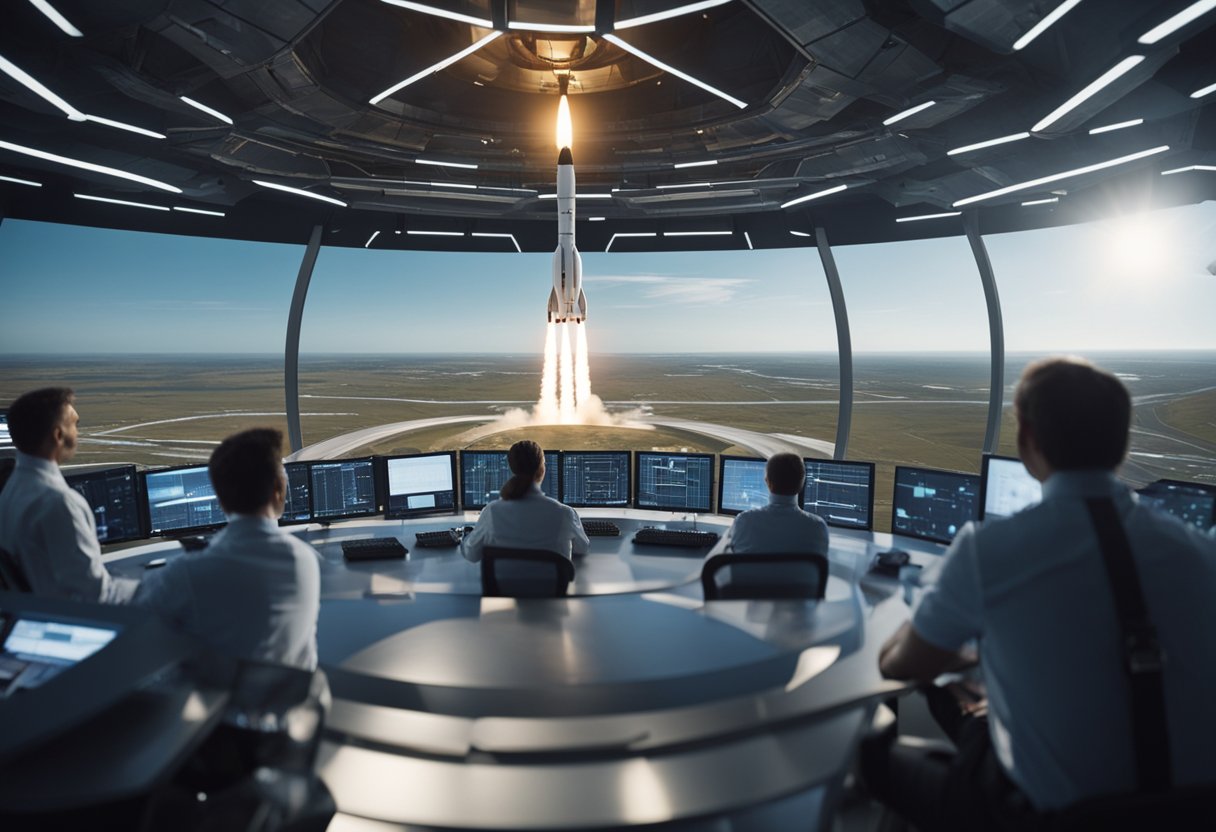
In the realm of commercial spaceflight safety, collaborations are pivotal. Our industry thrives on the partnerships between trailblazing entities such as Virgin Galactic, Blue Origin, and The Aerospace Corporation. Each organisation brings a unique perspective to the table, ensuring safety is at the forefront of this audacious venture.
The Aerospace Corporation, a leader in space safety standards, has been at the apex of fostering engagement with federal agencies. They’ve played a vital role in establishing resilient safety frameworks that pave the way for safer journeys beyond our atmosphere. This engagement with government and industry leaders is supplemented by comprehensive publications on best practices in spaceflight safety.
Listed below are the key collaborations and outreach efforts within the commercial spaceflight industry:
As we push boundaries and strive to make the cosmos accessible, our outreach extends to educating the public and the industry. We maintain a neutral stance and ensure our guidance is rooted in evidence and extensive experience. Our dialogue with the community not only fosters excitement but also reinforces our unwavering commitment to safety and transparency.

In addressing the future of commercial spaceflight safety, we must acknowledge the rapid pace at which this sector is evolving. With figures like Josef Koller playing a pivotal role in shaping space policy, the framework for safety oversight is in a continual state of adaptation. Koller’s insights contribute to a dialogue centred on an ideal future where spaceflight is as commonplace as air travel today.
As we contemplate this future, the commercial space industry stands on the precipice of unprecedented growth. Initiatives such as SpaceVoyageVentures.com provide a tantalising glimpse into an era of space tourism that is both imminent and distant, offering a vantage point from which to observe and prepare for the oncoming wave of civil space travel.
The trajectory towards enhanced safety is clear. Our collective efforts converge on key objectives:
The safety oversight mechanisms currently in place are but stepping stones to a more mature regulatory landscape. Our approach to spaceflight safety must be as dynamic as the industry itself, embracing changes with both caution and optimism. By doing so, we will ensure not only the welfare of crews and passengers but also the sustainable development of commercial space endeavours.
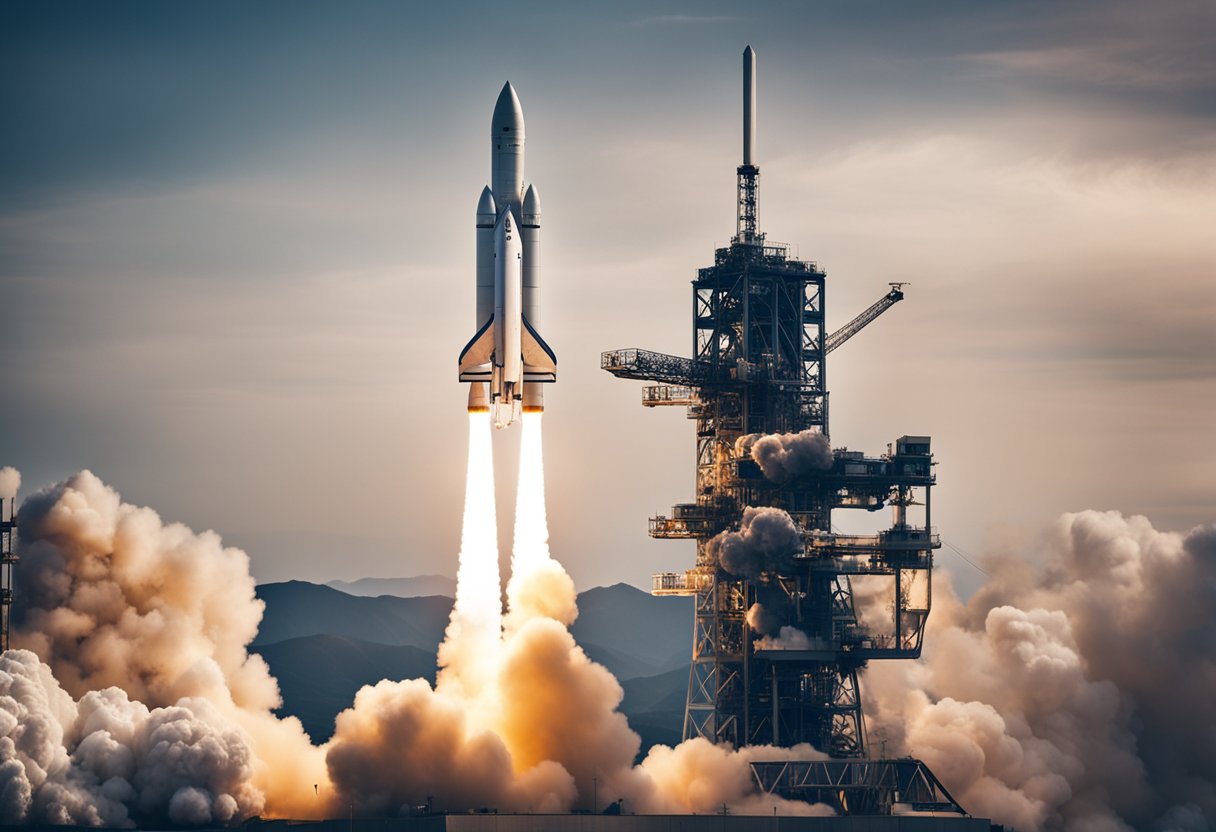
In this section, we’ll address some of the most pressing inquiries individuals have about the safety and regulation of commercial spaceflight.
The main hazards involve the risk of launch and reentry, the harsh environment of space that includes extreme temperatures and radiation, and the potential for collision with space debris.
The FAA oversees authorisation and regulation of both launches and reentries of commercial space vehicles, ensuring compliance with safety, security, and environmental regulations.
Safety standards encompass the design, manufacture, and operation of vehicles to protect public health and safety, as per FAA guidelines.
Commercial spaceflight is a catalyst for innovation, opens new markets, and stimulates job growth in cutting-edge industries, thereby furthering economic progression and technological advancements.
Commercial space activities are governed by international treaties, national laws such as the Commercial Space Launch Act of 1984, and regulatory bodies like the FAA that enforce laws relating to space traffic management and safety.
Forecasts by industry analysts show an upsurge in space tourism and satellite launches, which will likely lead to enhanced safety regulations to address the increased frequency and diversity of spaceflight operations.